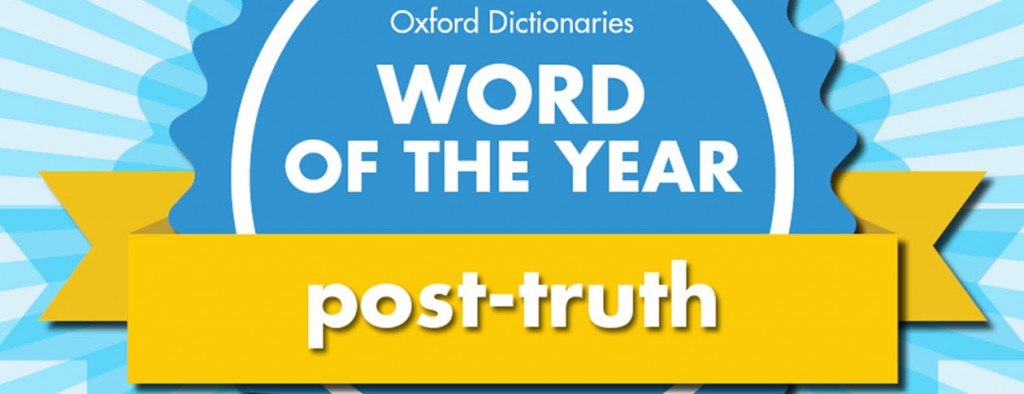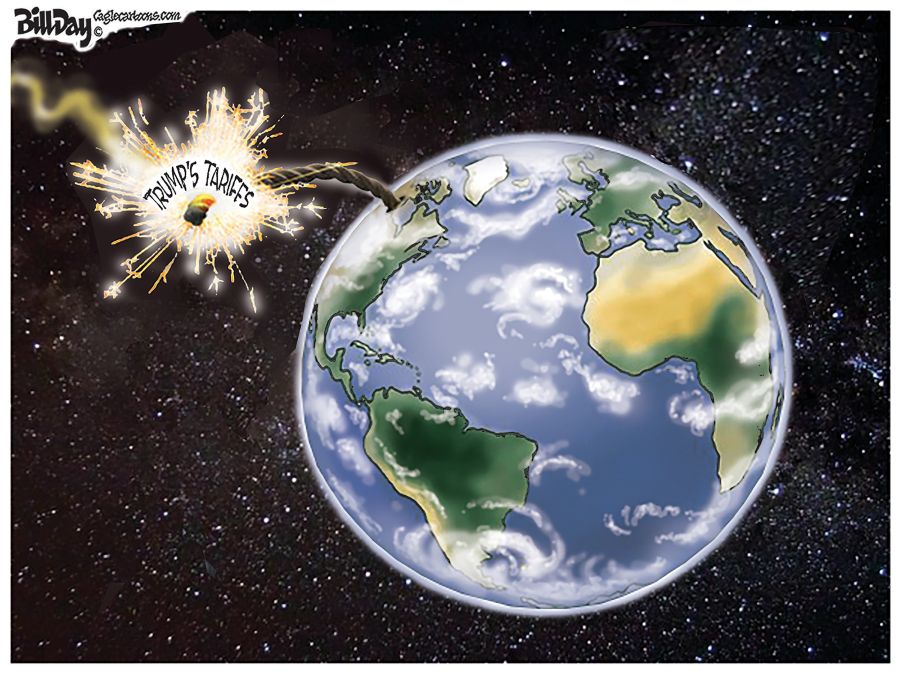The presidential campaign damaged a number of American institutions and chief among them was the traditional news media.
We’re not talking about the media’s unpopularity because that’s nothing new. News reporters have been in the bottom rungs of most respected jobs for decades.
It’s been obvious for a long time that when it comes to killing the messenger, news reporters have been favorite targets. That said, the Internet has opened up a relentless drumbeat of personal attacks on reporters and invented conspiracies with news sources at the center.
If it were not bad enough for an institution protected in the First Amendment of the U.S. Constitutions – one of 10 amendments that comprise the Bill of Rights – on December 15, when the U.S. should be celebrating the 225th anniversary of Freedom of the Press and its legacy, the news media will still be fighting to find its balance after constant, tenacious attacks in the presidential campaign.
Reality TV News
That the persistent attacks were fueled by endless fake news stories, widely circulated conspiracy theories, and loathsome threats that in some cases required reporters to hire security and to be escorted by the U.S. Secret Service to their news vans at Trump rallies where the candidate verbally assaulted reporters by name (most often women) speak to the cavalier way in which this fundamental American democratic institution has been eroded.
It’s been pointed out how television news was complicit in creating the monster that delivered the attacks on it with its interminable coverage of Donald Trump to drive up ratings.
But in our opinion, that’s not the gravest sin committed by the TV media. Rather it was the lazy journalism that turned the nightly news lineup into reality television. Rarely, if ever, was there any enterprise journalism or hard news stories covered by reporters in the field. In its place, there was panel discussion after panel discussion with surrogates offering highly predictable talking points and with the obvious goal of triggering volatile exchanges between panelists.
It continues today in the wake of the election. For example, CNN puts a panel of pro-Trump and pro-Clinton surrogates to discuss the recount in Wisconsin, a combination guaranteed to produce massive smoke and little light rather than assign reporters to interview computer and election experts about the prospects of hacked voting systems.
Busting The Bubble
Throughout the campaign, television news programs engaged in a false equivalency between Donald Trump and Hillary Clinton so that any negative coverage of him led to an obligatory mention of her email controversy. As the campaign progressed, this approach especially benefited Mr. Trump because his controversies were changing day by day, which normalized them, but the repeated coverage of Mrs. Clinton’s email issue escalated and cemented its importance in the public psyche.
Meanwhile, the networks defaulted to their normal horse race coverage but intensified it with character coverage. Despite serious national challenges and fundamental choices facing voters, nightly coverage was about personal qualities rather than in-depth coverage of the candidates’ different approaches to policy issues.
As a result, on election day, voters who relied on televisions news for information had little. It was unlikely, for example, that they went into the voting booth with any serious understanding of the candidates’ positions on growing the economy, reviving the inner city, reducing poverty, and attacking inequality.
Because of television coverage for the past 16 months, we have been living in a bubble, not the partisan kind but a news bubble that blotted out information about terrorist bombings in the Middle East, devastating earthquakes, hate crimes in Europe, and progress in decimating ISIS. The nightly on-air news coverage compared to the headlines on the network websites painted the picture of parallel news universes.
It’s no wonder that in surveys about knowledge of world affairs, Americans finish low, and television news reflects our national narcissism. The networks’ goal now is about rancor and arguments instead of real news and information. And the false equivalencies remain as respected journalists like Ron Brownstein are paired with talk show provocateurs like Ben Ferguson, resulting in an obfuscating battle between knowledge and talking points.
Willful Ignorance
In this way, television network news has become a neverending parade of panels, and reporters in the field merely covered campaign rallies, events, and meetings. Most of the time, if there were revelations about either major candidate that required shoe leather, it came from the print news media, which led to the TV news media programs regularly covering the print media’s stories as television news.
If the presidential campaign reminded us of anything, it was the indispensable role of print journalism. Time after time, the New York Times, Washington Post, and Newsweek published jaw-dropping exposes, but because of the concentrated, coordinated attacks on them, their reports were treated by tens of millions of Americans as further proof of the excesses of a liberal news media.
The term, liberal media, has become ubiquitous to them, and during the campaign, millions of people were as inclined to post or tweet fake news as the real news produced by traditional media. The fake news epidemic fed the willful ignorance sought by so many otherwise intelligent people, who accepted uncritically stories that defied common sense.
Feeding the idea that these were credible sources of news was the fact that Mr. Trump so often tweeted them himself during the campaign and since his election. The New York Times recently reported about the way that a fake news report about paid protesters ended up being tweeted by Mr. Trump.
Tweet Storms
It took place when the founder of a marketing company assumed that buses parked in Austin had brought protesters to the Texas city. Rather than place a call to get the facts, by the time he realized he was wrong, his tweet had already been shared by several hundred thousand people and several far right websites. His correction was shared by a few thousand.
In fact, from August until election day, fake news outperformed real news, and 85% of the fake news stories were about Mr. Trump. One of the widely circulated ones was the revelation that Pope Francis had endorsed the Republican candidate. Then there was one that said the murder of two policemen in Des Moines did not take place, an event that needed to be denied apparently because it was committed by a white man (it’s easy to imagine the wall-to-wall coverage if it had been committed by an African American); there was one contending that Mrs. Clinton and John Podesta’s had a pedophile ring; and one about Mrs. Clinton’s million-dollar payment to FBI Director James Comey.
Somehow, what partisans wanted to believe trumped actual facts and real events, which were used to vilify the mainstream media. In between tweeting his recommendation for the British ambassador to the U.S. and attacking the cast of Hamilton in four tweets, the president-elect has continued his attacks on the news media in a dozen tweets.
Back in the Sixties, President Lyndon Johnson played a practical joke on a reporter with a leak about a bogus news story, but before it was over, the stock market had fallen and the economy had taken a hit. That was back in the days before even fax machines, so it’s easy to imagine at this point what impact there could be from today’s technology with an intemperate tweet by the president of the United States.
The Post-Truth World
Already, President-elect Trump has suggested that libel laws should be softened so that it’s easier to sue the news media and he has twice ditched the press pool since being elected. In the end, this could be good for the news media, which too often has acted like a member of the inside the Beltway club rather than delivering truth to power.
The fact is that the news media should always take the role of outsiders. Unlike extremist sites like Breitbart, the traditional news media is powered by men and women who act on professional standards that set them apart in their objectivity and reliability. And if a reporter is liberal, it can actually work to the advantage of conservatives.
I remember once being assigned as a reporter to cover a speech by Alabama Governor George Wallace in his campaign for U.S. president. There was no one whose message was more abhorrent and repellent, and yet, the newspaper article went the extra mile to be objective and accurate.
The public’s appreciation for that training and the personal is at an all-time low. In response to it, the news media must adjust to today’s new realities. It’s up to reporters to develop new sources and new avenues to the truth because our democracy has never needed an independent, accountable, unwavering news media more than it does today.
It will not be easy in a post-truth world dominated by social media.
As Wael Ghonim, a father of the Arab Spring said: “The same medium that so effectively transmits a howling message of change also appears to undermine the ability to make it. Social media amplifies the human tendency to bind with one’s own kind. It tends to reduce complex social challenges to mobilizing slogans that reverberates in echo chambers of the like-minded rather than engage in persuasion, dialogue, and the reach for consensus. Hate speech and untruths appear alongside good intentions and truth.”
***
Join us at the Smart City Memphis Facebook page for daily articles, reports, and commentaries relevant to Memphis.




The thing that really got me this Presidential Election is the divisiveness. On all sides. And the media as well. I actually went on a rant earlier in November in one post on Facebook: “don’t put me in a box”.
I believe that slicing America up into groups is good for analyzing data and I get that. But, the endless slicing & dicing just further divides all of us Americans and promotes a culture of anger. For example, I fit it so many “boxes” that you cannot explain me or project what I will do. I am multi-racial, female, college educated, married, hetero, a Christian (who curses), Independent voter, grew up in San Francisco, now lives in Memphis, blah-blah-blah. I’ve voted everything from Socialist Workers Party to Republican. I despise partisan BS. I want the truth. Period.
I’m not asking for a Kumbaya moment. Don’t get me wrong.
I think Tim Ryan (D) said it best on Meet The Press this Sunday: “I think, in part, we try to slice the electorate up. And we try to say, ‘You’re black, you’re brown, you’re gay, you’re straight, you’re a woman, you’re a man.’ The reality of it is there’s no juice in that kind of campaign. There’s no energy in that because it’s divided,” Ryan answered.
You can see the interview here: https://youtu.be/HEKr4IWSQSE